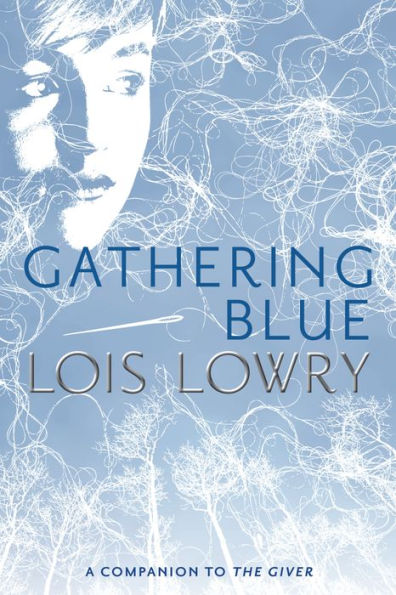Reading Group Guide
1. Discuss what gave Katrina, Kira’s mother, the courage to stand up to the people of the village and spare Kira’s life, when the custom in Kira’s society was to destroy babies born with birth defects. Do you think Katrina was aware of her daughter’s gift? Katrina never created the color blue. Do you think she knew that her daughter would someday find the secret of creating blue?
2. At the beginning of the novel, Katrina dies and Kira is left homeless. Kira is fearful, especially when Vandara, a vicious and angry woman, tells her that she is worthless. Discuss the strength Kira displays when she faces the Council of Guardians. How does Kira show strength and courage throughout the novel?
3. Discuss the way children are treated in Kira’s society. What is the difference between abuse and neglect? How is Matt both abused and neglected? What is his role in the story? How does Matt contribute to Kira’s growth as a person and an artist?
4. Vandara is known throughout the village. “People whispered about her. She was known, and respected. Or feared.” (p. 15) How can someone who is feared be respected? Discuss whether the women of the village fear Vandara more than they respect her. How do you know that they don’t really agree with Vandara regarding Kira’s fate?
5. What qualities determine the difference between skill and art? Debate whether Katrina was a skilled weaver or an artist. At what point in the novel does Kira display the true qualities of an artist?
6. Why is the history of the people called the Ruin Song? The scenes on the Singer’s Robe represent Ruin, Rebuilding, Ruin Again, andRegrowth. How does this symbolize the history of our world?
7. Kira has always been told that beasts killed her father. When Kira tells Jamison that Annabella says there are no beasts, he replies, “She’s very old. It’s dangerous for her to speak that way.” (p. 128) Do you think Annabella knows the truth about Kira’s father? Discuss whether Jamison is responsible for Annabella’s death.
8. Matt is concerned that Kira might be held captive at the Council Edifice. How is it that he has a better understanding of the meaning of captivity than Kira does? Debate whether Kira and Thomas, the young carver, are indeed held captive even though they are allowed to roam. At what point does Kira realize that she isn’t really free?
9. What do Kira, Thomas, and Jo have in common? Interpret the following statement: “They were forcing the children to describe the future they wanted, not the one that could be.” (p. 212)
10. At the end of the novel, Matt brings Christopher, Kira’s blind father, to meet her. How does meeting her father alter Kira’s concept of her purpose in life and her contribution to her society’s future?
Prepared by Pat Scales, Director of Library Services, South Carolina Governor’s School for the Arts and Humanities, Greenville


